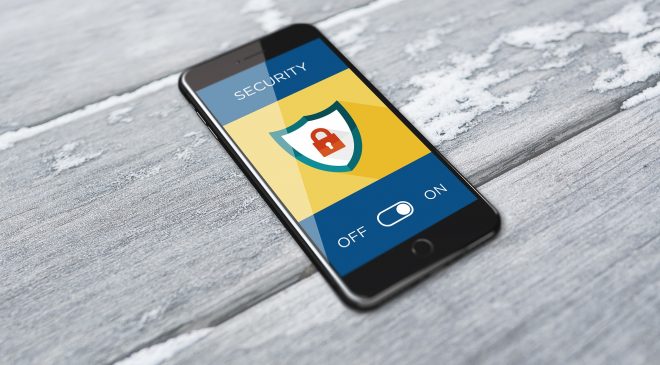Embracing the Minimum Effective mindset involves taking a return-on-investment-driven approach
In a recent report, Gartner, Inc. challenges prevailing notions in cybersecurity and urges Chief Information Security Officers (CISOs) to adopt a “Minimum Effective” mindset to enhance the impact of their security programs. The research reveals that several myths surrounding cybersecurity are impeding its full potential and hindering the effectiveness of security initiatives within enterprises.
Henrique Teixeira, Senior Director Analyst at Gartner, highlights the growing burnout among CISOs and the need for a shift in approach. “Many CISOs are burnt out and feel they have little control over their stressors or work-life balance,” says Teixeira. “Cybersecurity leaders and their teams are putting in the maximum effort, but it’s not having maximum impact.”
Embracing the Minimum Effective mindset involves taking a deliberate, return-on-investment-driven approach to lead cybersecurity into the future. This approach enables cybersecurity functions to move beyond mere defence and unlock their true potential in creating tangible value for the business.
During the Gartner Security & Risk Management Summit, Teixeira and Leigh McMullen, Distinguished VP Analyst at Gartner, debunked four common security myths and provided insights on how security leaders can generate new value across business engagement, technology, and talent.
Myth #1: More Data Equals Better Protection The belief that sophisticated data analysis, such as quantifying the likelihood of cyber events, is the key to driving action on cybersecurity initiatives is debunked. Gartner’s research indicates that only one-third of CISOs report success in driving action through cyber risk quantification. Instead, CISOs should adopt a Minimum Effective Insight approach, focusing on determining the least amount of information needed to establish a clear connection between cybersecurity funding and vulnerability reduction.
Myth #2: More Technology Equals Better Protection Despite increased spending on cybersecurity tools and technologies, organizations often feel inadequately protected. CISOs should shift away from an incessant pursuit of new tools and embrace a Minimum Effective Toolset approach. This involves using the fewest technologies required to observe, defend, and respond to exposures, thereby reducing complexity and enhancing value from technology investments.
Myth #3: More Cybersecurity Professionals Equals Better Protection The shortage of cybersecurity talent has created a bottleneck in digital transformation efforts. Gartner advises CISOs to democratize cybersecurity expertise by enabling business technologists to build Minimum Effective Expertise or cyber judgment. This approach reduces reliance on hiring from the talent gap and empowers employees to consider cybersecurity risks when developing technology capabilities.
Myth #4: More Controls Equals Better Protection Adding more controls in response to non-secure behaviour among employees is counterproductive. Gartner’s research indicates that employees often bypass cybersecurity guidance due to perceived friction. Instead, CISOs should prioritize user experience by adopting a Minimum Effective Friction approach, which reassesses the performance of security controls with a focus on minimizing cybersecurity-induced friction and maximizing control adoption.
By dispelling these myths and adopting a Minimum Effective mindset, CISOs can drive cybersecurity programs that create significant value for the business, optimize resources, and enhance overall security effectiveness.





